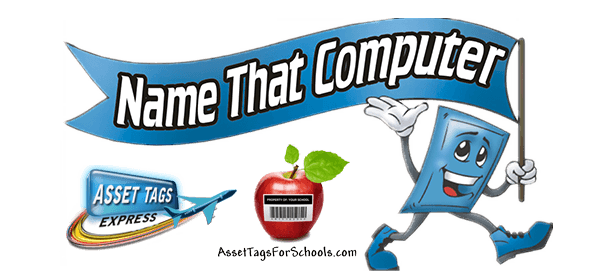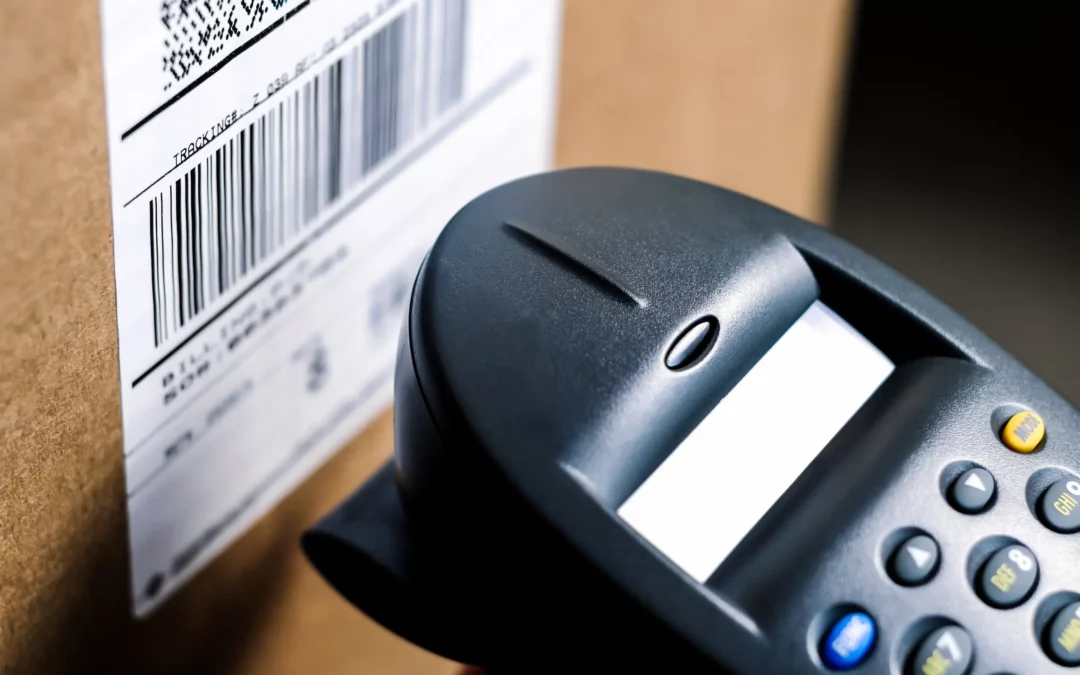Company owners understand the value of maintaining track of their company’s assets. Particularly for businesses whose revenue is heavily dependent on their assets. Asset tagging systems are critical because they allow employees to keep track of physical assets and equipment by using tags and labels.
Using tag-tracking systems has many benefits for businesses, including better asset management, less downtime, and fewer missing items. As a result, companies ranging from healthcare to retail can benefit from labeling important equipment and or product inventory.
Asset Tag Meaning
An asset tag is a label that identifies physical equipment, property or inventory that a company owns. Some assets, like fixed machinery and lighting systems, are permanent and can’t be moved. Other assets, like computers or furniture, could be moved within the facility, while others, such as vehicles, tools, and repair kits, could be moved off-site.
The main goal of asset tagging is inventory control. In other words, to help a company keep track of what it owns. Furthermore, tags can reflect the amount of money they have spent on their property. Asset tags also provide technicians with the location of a piece of equipment as well as additional information that can be used to better service or repair it.
What Makes Quality Asset Tags?
As we previously mentioned, asset tags are essential for many businesses. But not all asset tags are created equal. Quality asset tags should be made from high-quality materials that can withstand extreme weather conditions, as well as be able to stand up to physical contact.
Here are some things you might look for if you’re searching for high-quality asset labels:
The Material
There are polyester, aluminum, and polycarbonate over plastic film material tags to choose from, depending on the environment in which they will be used. Labels made of polyester are best for indoor use, while aluminum and polycarbonate over plastic film tags can stand up better to outdoor elements like moisture, UV rays, and temperature changes.
If your tag will be on equipment that runs very hot or cold, make sure you pick a tag that can handle extreme temperatures.
The Color
It’s important to be able to choose the color of the labels. Color coding is a great method to categorize and identify equipment. It also ensures that employees can quickly and easily spot the right equipment in a crowded area or large inventory room.
When choosing a color for your asset tags, consider how visible it will be and how easy it is to read. Bright, bold colors are best for visibility, while subtle colors are best for reading.
Tamper Evident
This is an important feature to look for if you want to prevent tampering and vandalism. Tamper-evident asset tags are designed with a special adhesive that will leave behind evidence if someone attempts to remove the tag. This helps prevent people from stealing or tampering with your equipment and provides an added layer of security.
Customizable
Customizable asset tags allow you to add unique identifiers, such as barcodes or QR codes, so that your equipment can be quickly and easily tracked. This is especially useful for large companies with multiple locations.
Keep Track of All Your Assets
Now that you know the importance of asset tags, it’s time to find a reliable source of high-quality asset tags. Name That Computer has been creating high-quality asset tags for over 30 years, perfect for any size or shape label needed for your business. They offer a wide range of customizable options, materials, and colors to suit any application.
With Name That Computer’s long-lasting tags, you can rest assured that your assets will be clearly labeled and secure. Get in touch with us today to find out how we can help you identify and keep track of all your important equipment.

